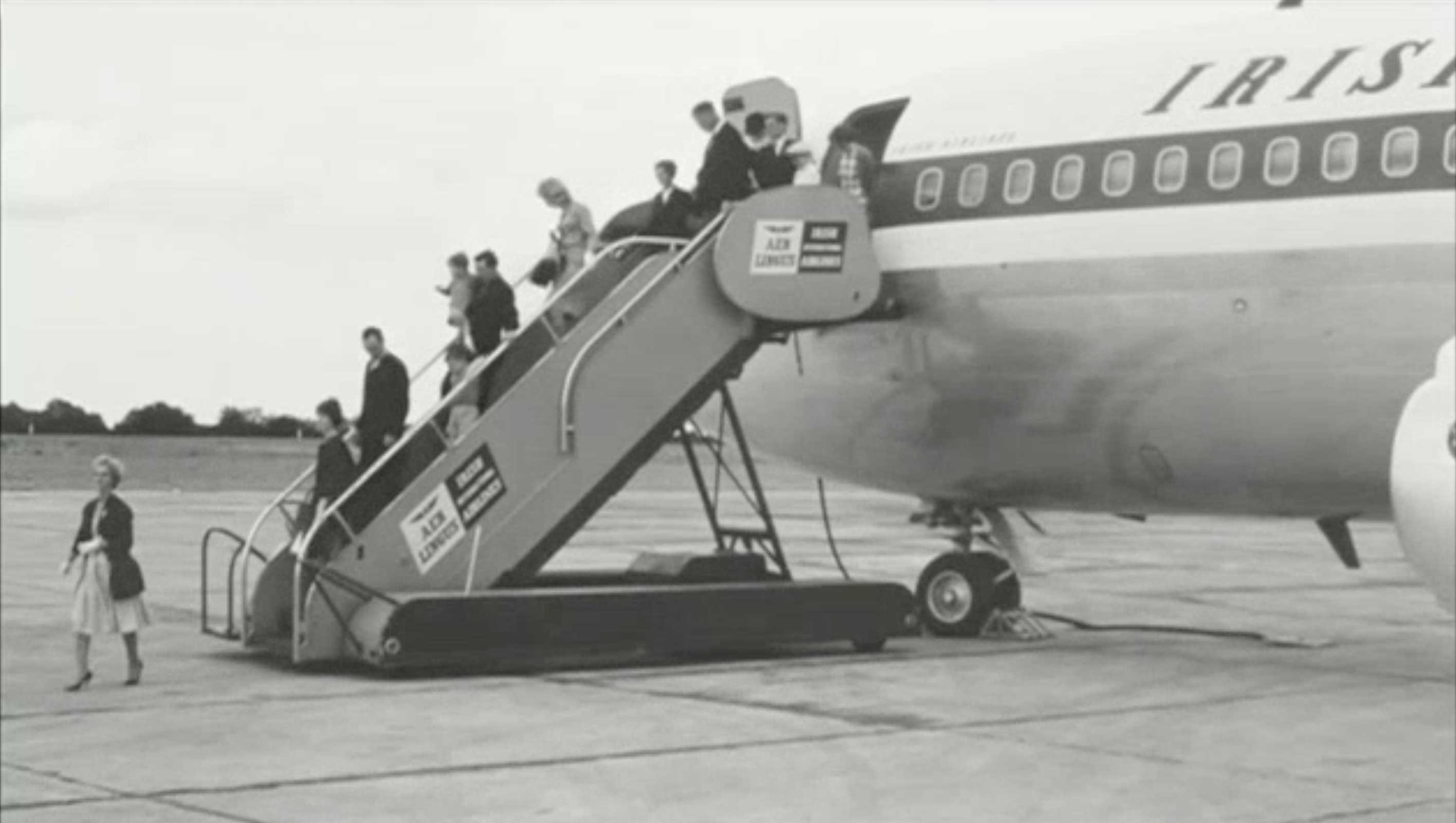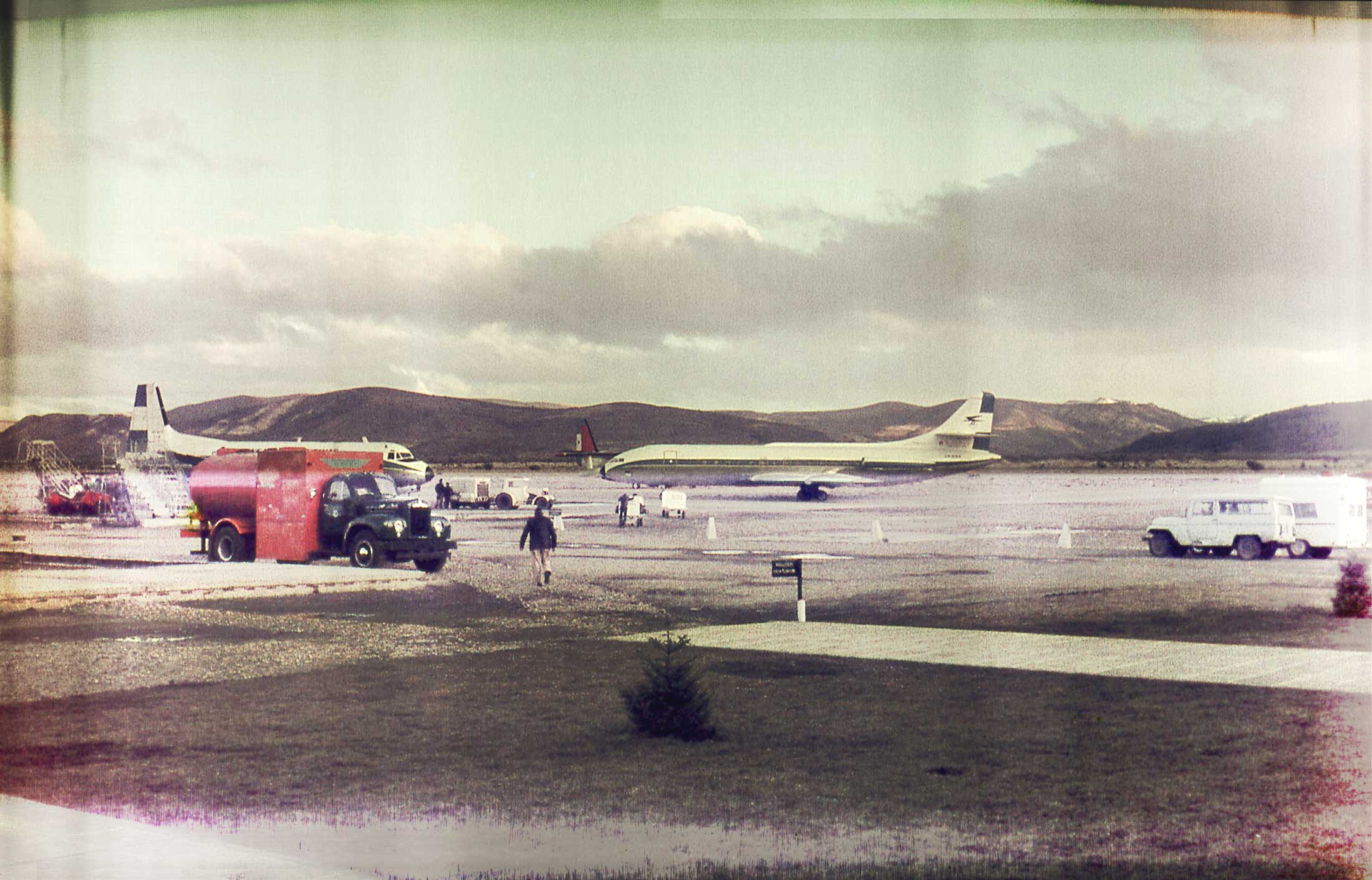Introduction
What’s the first memory that springs to mind when you reminisce about your holidays? Long car journeys? Bunk beds? The Maccas pit stop? Staying up late? Night after night barbequing? Sugar overdoses? BIG Bananas, Rams and Pineapples? Backyard cricket? Salty hair and skin? Making friends? Mosquitoes? Sunburn? Most of us will have a least one of these things cemented in our holiday memories.
What about your first trip overseas (if you’ve been fortunate enough to travel that far). Do you remember how exhilarating it was to board that plane knowing that you were leaving Australian soil to discover a new culture, meet new people and see things you’ve only ever dreamt of seeing.
Holidays form the basis of our best stories and we’ll remember the good ones until the day we die. But where did the notion of taking a holiday come from? Was it a moment of genius, or a case of an individual who was just desperate to be anywhere else but here. To find this out we need to step back in time and head further afield to ask the likes of the Romans and Tudors before steaming into the 18th century when holidaying became part of the Australian way of life.
During the Tudor period, leisure travel was reserved for royalty and the court. Holidays taken by monarchs were called “royal progress”, and usually involved the King or Queen travelling to different towns where they would stay, sometimes for as long as a month.
Although some royal progress was taken purely for leisure, monarchs mainly travelled to other towns for publicity. Progress usually happened twice every year, once in summer and once in winter, with them taking, sometimes, up to 2000 people per trip.
Renaissance Travel
During the early Renaissance period, travel was mainly used for trade and battle. Means of travel was limited; roads were uneven and treacherous, with robbers lurking and setting traps. Only the rich could afford to travel safely, with groups of soldiers protecting them. Sea travel was also dangerous, with pirates patrolling the seas and storms frequently wiping out whole ships.
Inns provided shelter and were popular amongst travellers. However, they were expensive, dirty and uncomfortable, with guests often sharing single beds. These inns were commonly used by merchants, not by holidaymakers. Those people lucky enough to be on holiday would usually be found staying with friends or relatives, where they could receive the comfort they’d expect to find at home.
The renaissance era saw a rise in the popularity of exploring. Advances in shipbuilding saw galleons replace rowing boats, which encouraged more men to take to the sea in their curiosity for the undiscovered world and to experience sights and sounds that none of their peers ever had.
This thirst for adventure was high risk, but brought great rewards – for them and for us. Can you imagine life today without the potato? Or without chocolate? Both are products that we take for granted, but which we have explorers to thank for.
Holidays truly came into their own in the 20th century. Beaches were attractive to crowds not for the surf or sea air, but mainly for the man-made attractions on piers. The early 20th century saw the lift of the sea bathing ban, and later in the century women’s bathing attire – which had previously covered women from the neck to the knee and was still frowned upon – became more widely accepted. This saw the rise of modern Australian beach culture and the love of the surf.
Surfing was first introduced to Australia by Hawaiian Duke Kahanamoku in 1915, at Freshwater beach in Sydney.
By the 1950s car ownership was on the increase and camping had started to grow in popularity. Though up until the 1960s car ownership was viewed as a luxury so even camping was a considered a real treat for the privileged. During holiday season, campers took over the east coast, pitching up their tents close to the beach.
Where trains made travel within land masses easy, the aeroplane put foreign holidays and short interstate trips within the reach of those that could afford it. Thought even for them a trip to Europe was a once in a lifetime occurrence.
During the 70’s and 80’s women in the workforce was on the increase and with dual incomes families could start to afford more expensive holidays. Though most families were still limited to one big trip a year during the summer holidays, though the majority of these were within Australia.
Our thirst for discovery and unique experiences shows no signs of being quenched as new generations get the travel bug. Each year a fresh batch of gap-year students set off post-exam results to backpack round the world, joining the late twenty-somethings taking sabbaticals from their careers, the honeymooners who are having one more adventure before settling down to have kids and the empty nesters, finding yoga and spending three months in an ashram in North India. Our search for the ultimate adventure, whatever our age or circumstance, continues.
The 1970s saw the growth of non-bank foreign exchange providers, which gave consumers an easy way of getting hold of foreign currency when going abroad. Going from the city centres to the seaports and ferries and then finally into airports themselves, by the mid-80s the bureau de change was a staple part of the holiday industry and a fast and easy way for travellers to get their hands on local currency. We’ve come a long way from going to the local silver or goldsmith!
In 1976, the first Travelex store was opened in Southampton Row, London by entrepreneur Lloyd Dorfman. The first Travelex store to open in Australia was in 1990 at Brisbane’s Domestic Terminal. As we celebrate our 40th birthday this year, Travelex has grown from that one store to over 1,400 stores across 26 countries.
What era should you holiday in?
When would be the dream time period for you to holiday in? Take our quiz and find out where a time machine should take you.
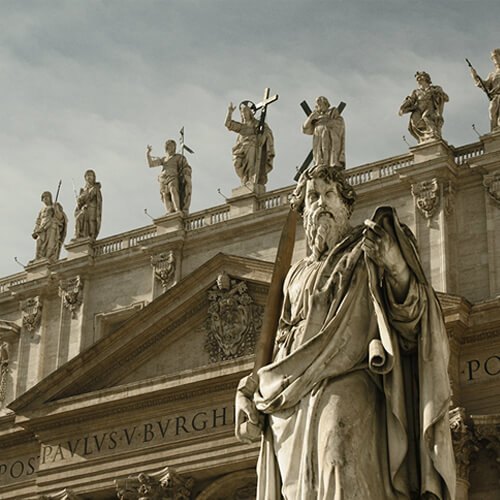
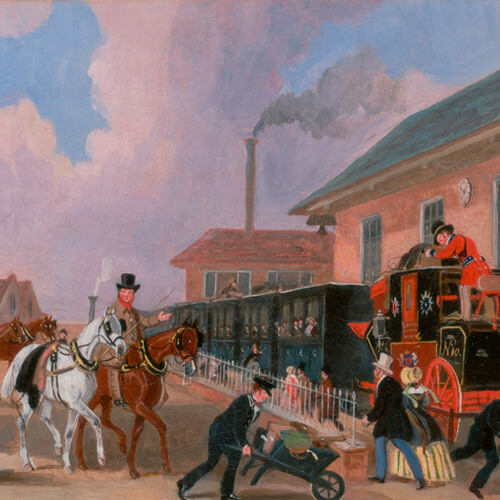
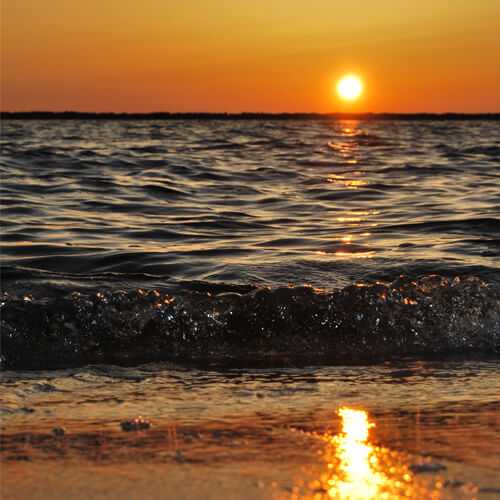
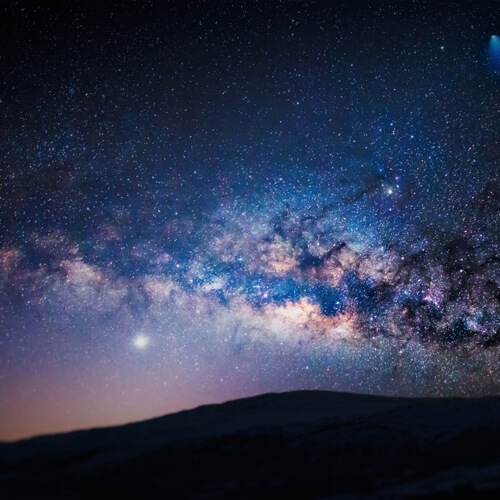
Start quiz
In a perfect world, how long would you spend on a single holiday?
A couple of years - time to really relax
2-3 weeks - enough time to switch off, but I can't just leave forever
A few days at most
Where is your dream destination?
A city break - taking in the cultural aspects of my surroundings
Something adventurous - take me skiing or on a trek somewhere man doesn't normally go
The beach – find me a sunbed, good waves and a barbie and I’m happy
What do you enjoy eating when you're away?
Mediterranean cuisine all the way
A large bowl of pho - preferably cooked in front of me
A BBQ all the way
Share your results:

